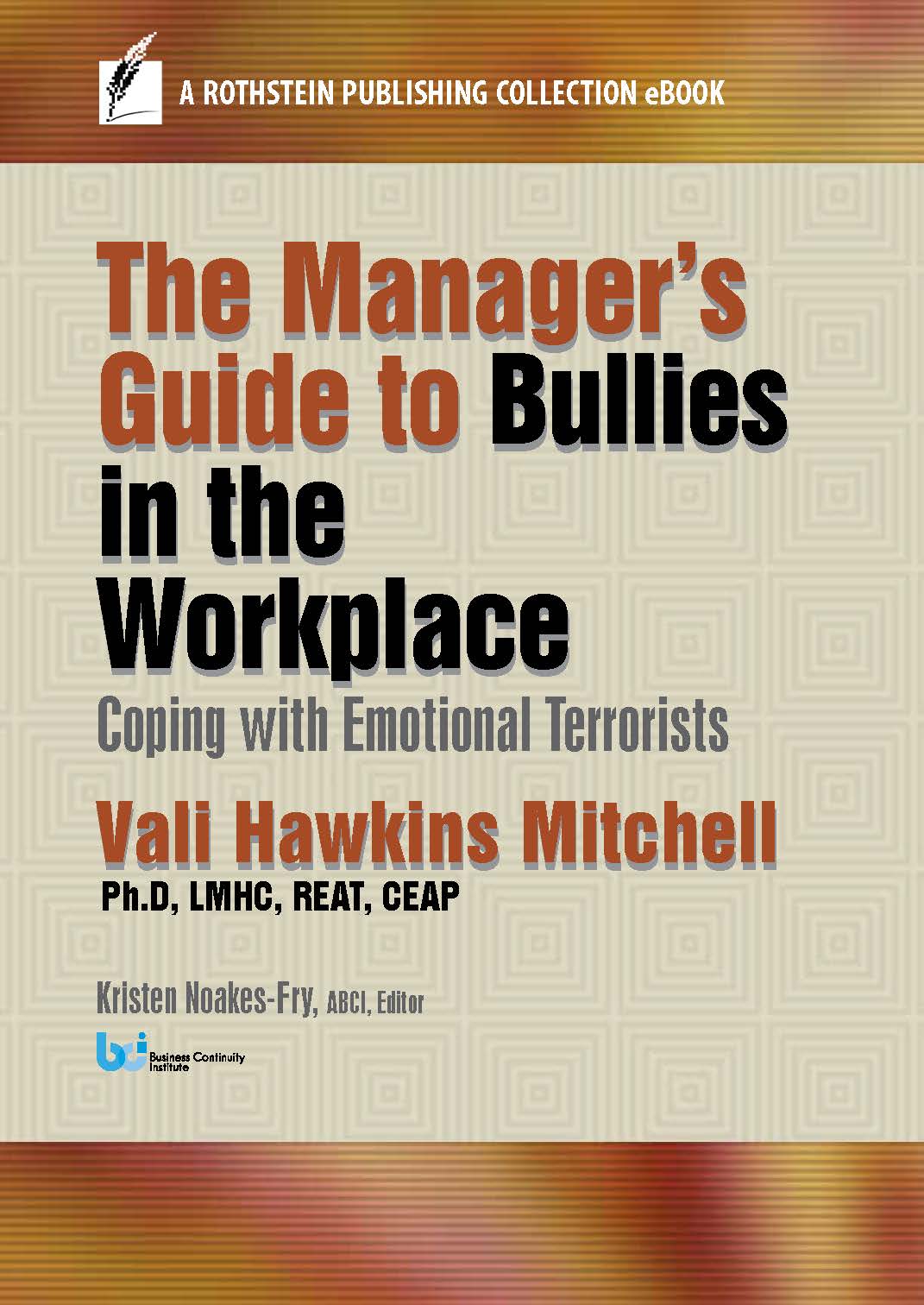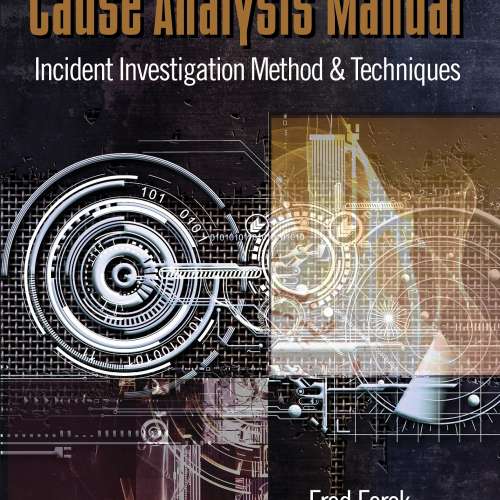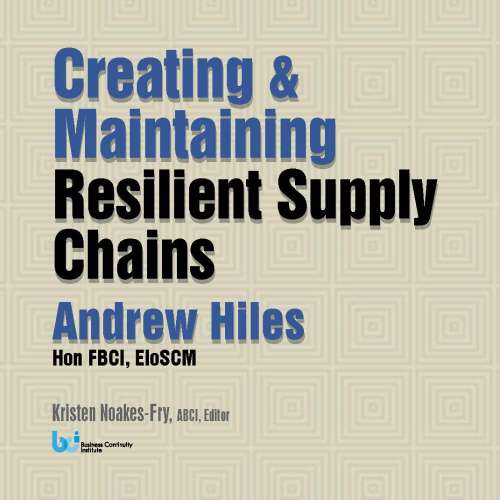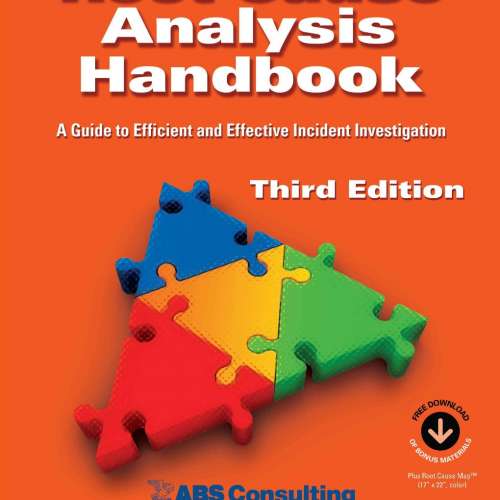Description
Sometimes the difficult person is an overt physical bully, which makes it easy to simply fire the person. Much of the time, however, workplace bullying problems are more subtle and build up over periods of time. They undermine your ability to manage your team – and they can spread to the rest of the team, destroying teamwork and productivity.
In this book, Dr. Vali Hawkins Mitchell helps you to:
- Recognize the types of upsetting work situations that bullies exploit to their own advantage, such as change, grief, and violence.
- Understand why emotional terrorists make it so difficult for you, as a manager, to deal with their behavior.
- See the symptomatic tools and techniques of the emotional terrorist, such as harassment, lying to supervisors, tampering with documents, etc.
- Conduct training to help other managers and team members recognize and handle the signs of impending emotional conflict – you will love the “Snakes in the Schoolyard” exercise.
- Know exactly what to say and not say when you must have a one-on-one interview with someone you consider to be a bully.
- Be an effective manager in a world of challenges – protecting and preserving the mental health of your employees and yourself. .
Dr. Vali uses realistic examples and humor to help you handle the challenges you face – and to show the degree to which she really understands your situation.
With her guidance, you will be more comfortable with knowing when you can handle the situation through simply being the good manager, when you need to call in an outside mental health professional, and when you need to call 911.
About the Author
About the Author
Vali J. Hawkins Mitchell, Ph.D., LMHC, REAT, holds a Doctorate in Health Education and Masters degrees in Applied Psychology and Expressive Arts Therapy and is a highly regarded public speaker, trainer, author, consultant, and educator. A valued mentor and keynote speaker, she offers critical insights on the real human factors of disaster and emergency planning based on her experiences with major events such as the World Trade Center, Hurricane Katrina, Samoan earthquakes, Indonesian tsunami, and Pacific Northwest Wildfires. She is considered by many as the leading authority in the growing field of Emotional Continuity Management.
Academically, Dr. Hawkins Mitchell has been adjunct faculty member and guest lecturer at a number of universities and colleges, including Washington State University, the World Medicine Institute, and Lane Community College. Dr. Vali, as she is well known, has contributed original research in the area of Psychosocial Dynamics of Families with Pediatric Illness, Tools of Trauma Management for Emergency Care and Health Care Delivery Professionals, and the Use of Quantum Poetry for Trauma Management. She has been trained by the American Red Cross as a Disaster Mental Health provider and National Diversity Instructor, and has been consulting directly with military families and service members in all branches since 2009.
Dr. Vali travels extensively providing custom-designed trainings for individuals and teams, private and government agencies, mom-and-pop companies, and large corporations. Dr. Vali is the author of The Cost of Emotions in the Workplace: The Bottom Line Value of Emotional Continuity Management (Brookfield, CT: Rothstein Publishing, 2013). She has also written Dr. Vali’s Survival Guide: Tips for the Journey; Preparing a GoBag; and a number of plays, musicals, and children’s titles. She is a performance musician and award-winning artist. She is a Registered Expressive Arts Therapist (REAT). She recently relocated her art studio and professional office from Seattle, Washington to Honolulu, Hawaii. www.improvizion.com
Credits
Kristen Noakes-Fry, ABCI, is Executive Editor at Rothstein Publishing. Previously, she was a Research Director, Information Security and Risk Group, for Gartner, Inc.; Associate Editor at Datapro (McGraw-Hill); and Associate Professor of English at Atlantic Cape College in New Jersey. She holds an M.A. from New York University and a B.A. from Russell Sage College.
Contents
Cover
Title Page
Copyright
Preface
Part 1: Bullies and Emotional Terrorists
1.1 Emotional Terrorists: Extreme Bullies
1.1.1 Emotional Terrorism
1.1.2 Emotional Terrorism at Work
1.2 Attributes and Behaviors of the Emotional Terrorist
1.2.1 Warning Signs
1.2.2 Mis-informants/Liars
1.2.3 Time Bullies
1.2.4 Bullies Resist
1.3 Understanding How Bullies Exploit Emotions
Part 2: Dealing with Bullies And Emotional Terrorists
2.1 Starting Out: Preparing to Deal With a Bully
2.2 Understanding Feelings
2.2.1 Tension
2.2.2 Boundaries
2.2.3 Acute Stress Reactions
2.2.4 Grief
2.2.5 Avoidance
2.2.6 Inflexibility
2.2.7 Neutrality and Groundedness
2.2.8 Conflict
2.3 Managing Emotions at Work
2.3.1 Guidelines for Managing Emotions at Work
2.3.2 Learn How to Be In The Presence Of Emotions
2.4 Become Fluent In a New Way of Communicating
2.5 Understand What It Takes to Manage or Deal with a Bully
2.5.1 Managing an Emotional Terrorist: Snakes in the Schoolyard
2.5.2 Applying the Snakes in the Schoolyard Model to a Business
2.5.3 Tips For Dealing With Bullies And Emotional Terrorists
2.5.4 Conducting a Meeting Or Interview With a Bully or an Emotional Terrorist
2.6 Become an Excellent Manager in a World of Challenges
2.6.1 Step 1: Decide
2.6.2 Step 2: Prepare Yourself
2.6.3 Step 3: Establish Your Own Support System
2.6.4 Step 4: Prepare the System
2.6.5 Step 5: Go For It
2.6.6 Step 6: Design Your Management Style and Your Emotional Continuity Program
About the Author
Credits
About the Publisher
Excerpt
2.5.1 Managing an Emotional Terrorist: Snakes in the Schoolyard
Management and terrorism have a number of common denominators. The words include concepts and actions. Both words imply that there are rules and policies to follow, work within specific procedural activity formats, a level of predictability, and consequences that affect others. What is different about the two is that most managers, unless they are terrorists themselves, work inside the lines. They respect authority, work within the chain of command, operate through guidelines and principles, and adhere to generally accepted norms. Terrorists count on this and employ their imaginations to work within and around all these normative boundaries.
A story from a manager of a small company brings this difference to light as she was trying to out-think an emotional terrorist in her workplace. She had been working with other managers for months trying to teach them the necessity of creative management of difficult employees, and during a spin- free workplace consultation, she came up with a way to teach the value of “out-thinking” the problem makers and managing emotional terrorists.
Snakes in the Schoolyard: A Metaphor
Delores was a senior manager in a private school. One early spring morning a staff member came running into her office reporting that there was a big snake in the schoolyard. Delores quickly assessed, to her discomfort, that as a manager it might indeed be her responsibility to remove the snake to protect the children and staff. So, she proceeded to go out into the field with an ax. Just as she was about to destroy the snake, she felt dozens of little eyes and big eyes on the back of her head. She turned around to see little noses pressed against windows and staff faces with worried expressions. They were all wondering what she was going to do with that snake! Delaying her initial organic disgust ofsnakes, she stopped her homicidal intent, returned to the school, got a bucket, and proceeded to go through the emotional and physically difficult challenge of catching the snake alive. She wanted to do it without causing the children or staff to be unduly upset and without doing harm to herself. To her surprise, she found that she no longer wanted to harm the snake. She just needed this threat gone. She succeeded, with some help from another brave staff member. This strategy later became a written policy, the “Snakes in the Schoolyard” Policy.
Snakes in the Schoolyard Policy:
- At least two (2) employees with gloves approach the snake. Snakes squirm toward the easiest direction to escape, the path of least resistance. With two people, the snake has no escape route. The snake catchers must not fear snakes. But gloves are required for better performance.
- Whichever employee grabs the snake must immediately toss it into a bucket with a lid. One of the employees must then immediately secure the lid. The real trick to snake removal is the lid. Without the lid, the snake escapes and you must do it again. Spending your time catching the same snake over and over is not efficient and is not good business practice.
- Once you contain the snake you must take it into the school, let the children see that it is not hurt. This step is important because children have imaginations and like to see even crawly things cared for correctly.
- Later, transport the snake elsewhere, off the premises, a long way away from where you work, and dispose of it.
- If the snake is toxic, call in a professional.
The Outcome? Generally, everyone is happy: the managers, the staff, the children, and – if done well – even the snake. The manager did disclose privately, “Of course, you know, Dr. Vali, that if this type of snake came to my house, I’d just chop its head off, but workplace snakes are different.”
With that comment, the manager arrived at the concept of how to manage a workplace terrorist. She removed the word “snake” from the policy and developed a procedure for her team that they understood. The company had recently been challenged by a workplace emotional terrorist in human form, and after the snake incident, the manager was able to show her staff how to protect the company, clients, themselves, and even the emotional terrorist from harm.
Do this: Learn what snakes are toxic and what snakes are harmless.
Don’t: Assume that all snakes must be removed. Some snakes can do very well with micro-management if they have solid and well-defined boundaries (lids).
Do this: Step up to the task of managing emotional terrorists at work.
Don’t: Try to handle this alone! Get help!
Snakes in the Schoolyard can apply to bullies: Snakes in the Schoolyard is based on a true story of an organization that had a problem with snakes. By extension, it can be a potent metaphor to use to teach a compassionate method to deal with something or someone toxic at a company. You need not kill the snake to protect others. You simply need to let the snake be the snake somewhere else. We will explore this metaphor further by reviewing how this might work for a company…





